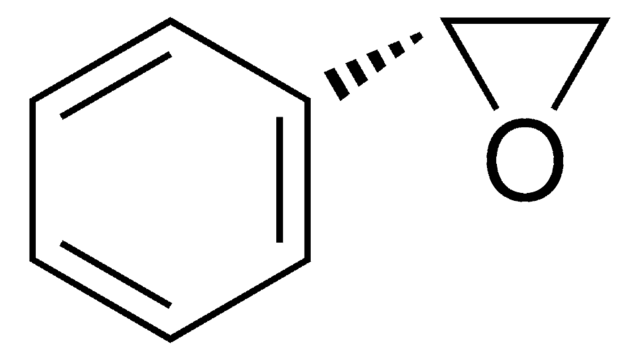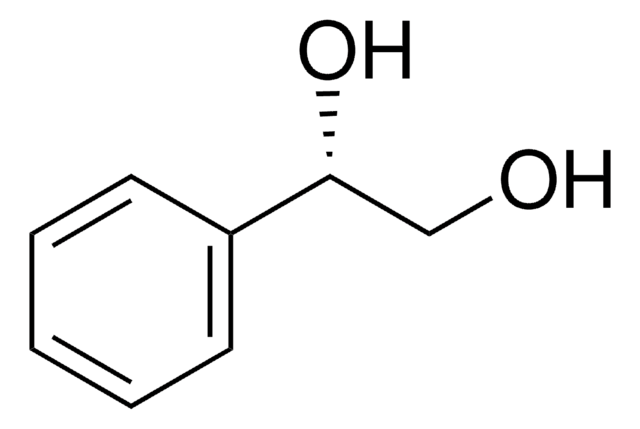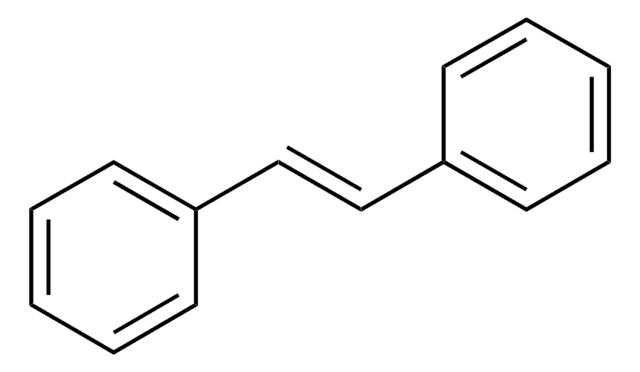Key Documents
540102
(S)-(−)-Styrene oxide

98%, optical purity ee: 98% (GC)
Synonim(y):
(S)-(−)-Phenyloxirane, (S)-Phenylethylene oxide
About This Item
Polecane produkty
Poziom jakości
Próba
98%
aktywność optyczna
[α]20/D −33°, neat
czystość optyczna
ee: 98% (GC)
współczynnik refrakcji
n20/D 1.535 (lit.)
tw
192-194 °C (lit.)
gęstość
1.051 g/mL at 25 °C (lit.)
grupa funkcyjna
ether
phenyl
ciąg SMILES
C1O[C@H]1c2ccccc2
InChI
1S/C8H8O/c1-2-4-7(5-3-1)8-6-9-8/h1-5,8H,6H2/t8-/m1/s1
Klucz InChI
AWMVMTVKBNGEAK-MRVPVSSYSA-N
Szukasz podobnych produktów? Odwiedź Przewodnik dotyczący porównywania produktów
Opis ogólny
Zastosowanie
Przestroga
Hasło ostrzegawcze
Danger
Zwroty wskazujące rodzaj zagrożenia
Zwroty wskazujące środki ostrożności
Klasyfikacja zagrożeń
Acute Tox. 3 Dermal - Acute Tox. 3 Inhalation - Aquatic Chronic 2 - Carc. 1B - Eye Irrit. 2 - Skin Irrit. 2
Kod klasy składowania
6.1C - Combustible acute toxic Cat.3 / toxic compounds or compounds which causing chronic effects
Klasa zagrożenia wodnego (WGK)
WGK 3
Temperatura zapłonu (°F)
174.2 °F - closed cup
Temperatura zapłonu (°C)
79 °C - closed cup
Środki ochrony indywidualnej
Eyeshields, Faceshields, Gloves, type ABEK (EN14387) respirator filter
Wybierz jedną z najnowszych wersji:
Masz już ten produkt?
Dokumenty związane z niedawno zakupionymi produktami zostały zamieszczone w Bibliotece dokumentów.
Klienci oglądali również te produkty
Nasz zespół naukowców ma doświadczenie we wszystkich obszarach badań, w tym w naukach przyrodniczych, materiałoznawstwie, syntezie chemicznej, chromatografii, analityce i wielu innych dziedzinach.
Skontaktuj się z zespołem ds. pomocy technicznej












